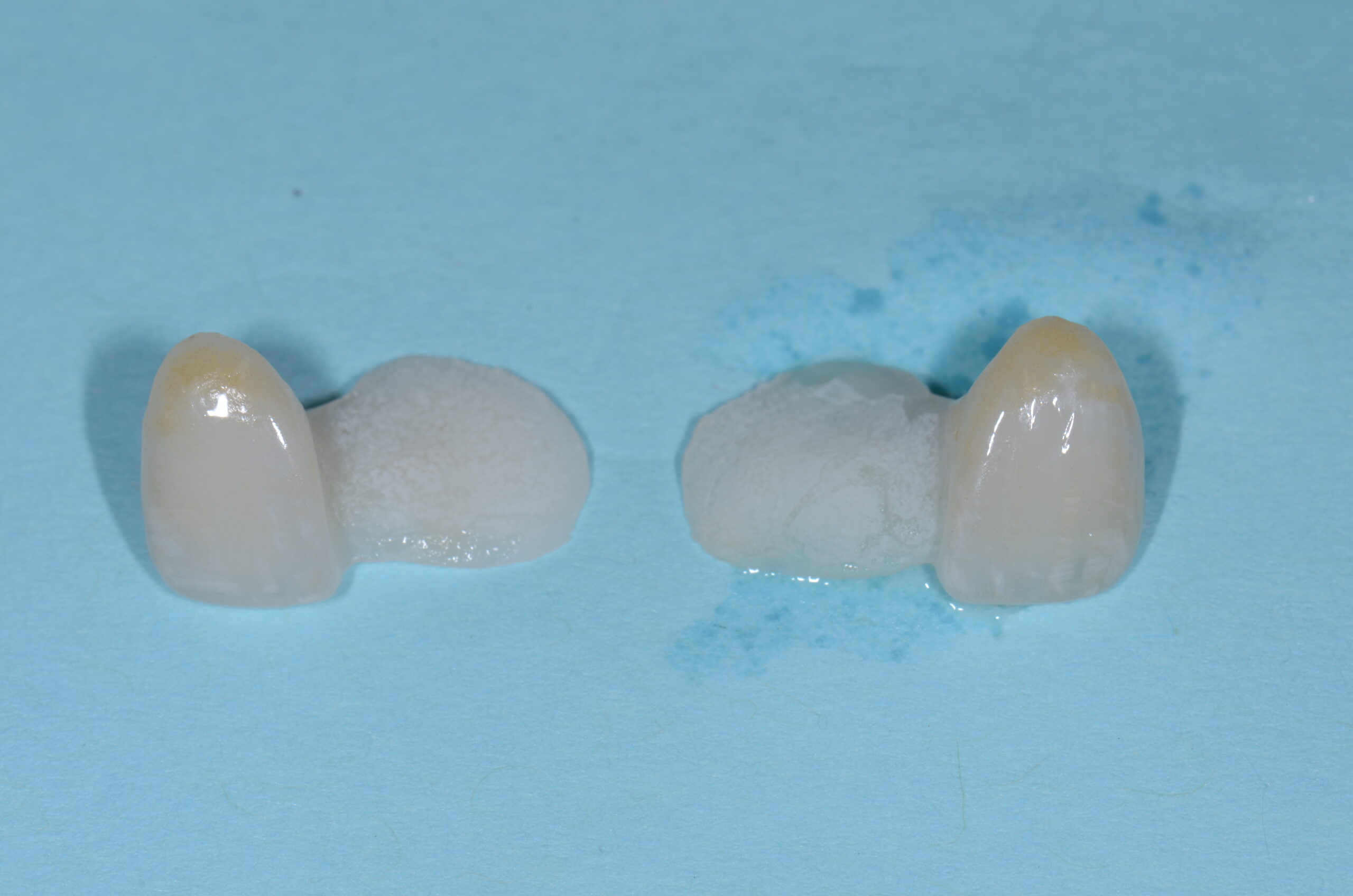
Understanding Smiles Part 2
Wax-ups are essential for my aesthetic case designs
Part 2 was originally presented to the Restorative Nation in February of 2023: It’s All In The Smile: Psychologic & Technical Considerations – Restorative Nation
My esthetic evaluation is similar to the curriculum taught in the Pankey Institute Essentials and Aesthetic Focus courses. I generally like to look at every aspect of a patient’s smile through photography, with emphasis on the following:
- Facial Height – To evaluate possible skeletal defects that can lead to a smile not appearing attractive, I measure the middle 1/3 of the face and the lower 1/3 portion of the face. If there is a one-to-one (1:1) ratio, then I can essentially rule out either vertical maxillary excess or loss of vertical dimension. If there is a one to greater than one (1:>1) ratio, I can look at vertical maxillary excess. If there is a one to less than one (1:<1) ratio, I can look for extreme wear and loss of vertical dimension.
- Lip Length — The average woman’s lip is 20 to 22 millimeters in height, and the male’s is 22 to 24 millimeters. Our lips, like everything else sag over time. We lose a mm of tooth display after age 41 at a rate of about one more millimeter per decade.
- Lip Mobility — How high does the lip rise when the patient smiles? The average amount of lip mobility is between six and eight millimeters. A hypermobile lip can give the “gummy smile” and fool us into thinking that there is a vertical maxillary excess
- Upper Lip Drape — Generally, we like the lip to fall at the free gingival margins of the canines and the central incisors.
- Lower Incisal Edges –We like the lower lip to cradle the lower teeth with the line formed by incisal edges following the shape of the lower lip.
- Gingival Heights — We like our gingival heights to be symmetrical. I like canines even, the centrals even with the canines, and the laterals a little lower.
- Central Incisor Length and Width — The average central incisor is about 10 to 11 millimeters in length, and the average width of a central incisor is about 75% of the length.
- Other Anterior Teeth Length and Width — The rule of Golden Proportions says that a central incisor should be proportional to a lateral incisor by a factor of 0.6, and the canine should be proportional to the lateral by a factor of 0.6.
- I photograph the patient in repose, their “regular” smile, and then their “biggest E” smile in order to get a sense of how they look when they present with the Duchenne smile. Patients often will give you some form of a guarded or half smile on photographs and that presentation can be misleading. We need to see their full tooth and tissue display to properly evaluate esthetics.
Once I have had a chance to evaluate the virtual patient via photos, printed study models mounted on articulators, and radiographs, I can then propose esthetic changes. I am a huge proponent of fabricating my own “working wax-up” as I like to call it. It is not presentation quality and can be made from wax or old composite. The importance is that it previews the changes that I am proposing, and I use those workups to either make a silicone index for provisionals or I send them to the lab for cleanup and completion. I always keep an original mounted study cast and then have a second model that I play with.
I always start my working wax-ups by placing upper incisors exactly where I want them in the most esthetic position, then I make the rest of the anterior teeth proportional to those incisors. Once the upper anterior teeth are in optimal position, I’ll place or wax the lower teeth to be parallel to the upper and in contact with the upper lingual surfaces of the anterior teeth. In E4 we teach all of the above concepts and discuss how vertical dimension can be evaluated and altered appropriately with the anterior esthetic evaluation. We then look at developing the axial inclination of teeth and posterior occlusal planes to be in harmony with the anteriors.
I encourage all dentists to practice with “working wax-ups.” It truly shows the patient our expertise and artistry in action not just what the laboratory fabricates for us.
Want to see some of the more complex cases I have done? I invite you to view the Restorative Nation video linked above.
Related Course
E4: Posterior Reconstruction and Completing the Comprehensive Treatment Sequence
DATE: April 23 2026 @ 8:00 am - April 27 2026 @ 2:30 pmLocation: The Pankey Institute
CE HOURS: 44
Dentist Tuition: $ 7500
Single Occupancy with Ensuite Private Bath (per night): $ 355
The purpose of this course is to help you develop mastery with complex cases involving advanced restorative procedures, precise sequencing and interdisciplinary coordination. Building on the learning in Essentials Three…
Learn More>






